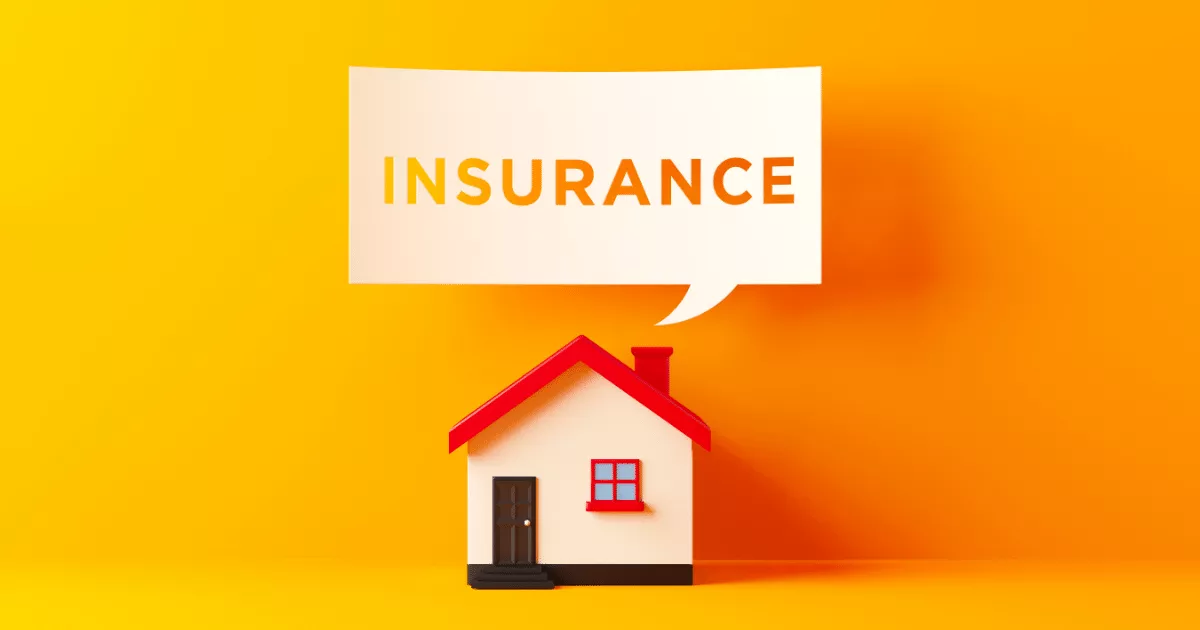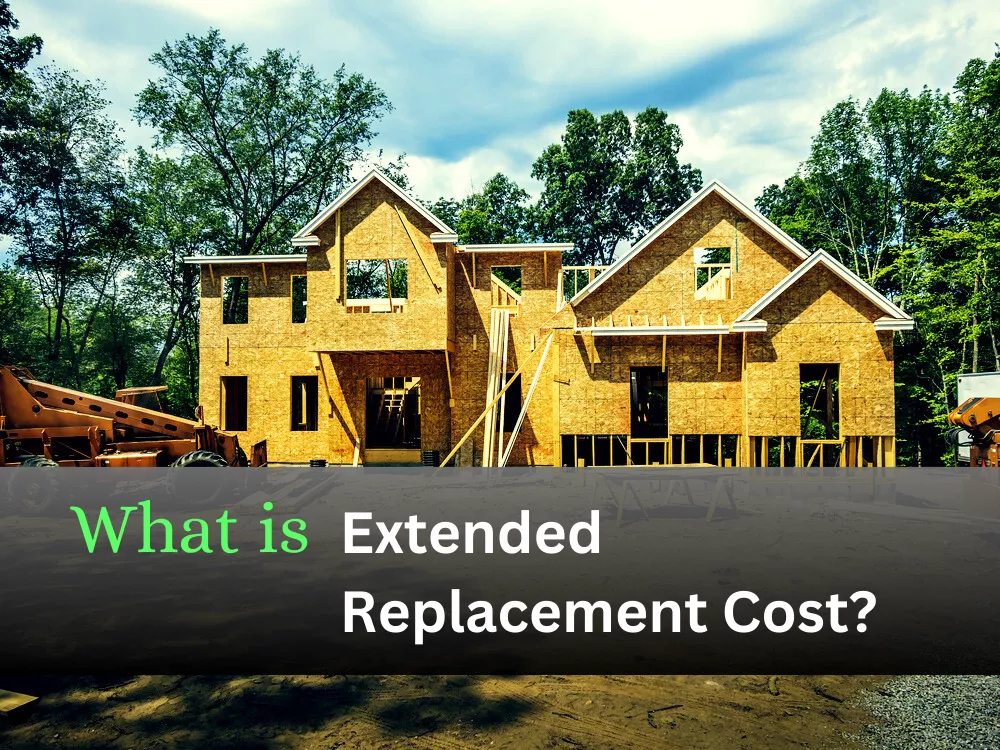Homeowners insurance is a crucial safeguard for protecting one of your most valuable assets: your home. However, many Texans are finding that the cost of homeowners insurance is rising significantly. This article will delve into the reasons behind the high cost of homeowners insurance in Texas, helping you understand the factors at play and what you can do to manage these expenses.
I. The Unique Risks in Texas
1. Natural Disasters and Extreme Weather
a. Frequent Storms and Hurricanes
Texas is prone to a variety of natural disasters, including hurricanes, tornadoes, and severe storms. These weather events can cause extensive damage to homes, leading to high claims costs for insurance companies. The frequency and severity of these events drive up insurance premiums as insurers need to cover potential payouts.
b. Flooding Risks
In addition to storms, Texas experiences significant flooding, particularly in areas near the coast and major rivers. Flood damage can be devastating and expensive to repair. While standard homeowners insurance policies typically do not cover flood damage, the overall risk environment contributes to higher premiums.
2. Wildfires and Hailstorms
a. Increasing Wildfire Incidents
Wildfires have become more common in Texas, especially in the western part of the state. These fires can destroy homes and properties, leading to substantial insurance claims. Insurers adjust their rates to account for the growing risk of wildfires.
b. Hailstorms: A Persistent Threat
Texas leads the nation in hail damage, with frequent and severe hailstorms causing significant damage to roofs, windows, and vehicles. The cost to repair or replace damaged property after a hailstorm is high, contributing to the overall increase in insurance premiums.
II. Economic Factors
1. Rising Construction Costs
a. High Cost of Materials and Labor
The cost of building materials and labor has been rising steadily. When repairs are needed after a claim, insurers face higher costs, which are then passed on to homeowners in the form of increased premiums. The high demand for construction services following natural disasters further exacerbates this issue.
b. Inflation Impact
Inflation affects various aspects of the economy, including the cost of insurance. As the cost of goods and services rises, so do the costs associated with insuring properties. This leads to higher premiums for homeowners.
2. Increased Claims Frequency and Severity
The frequency and severity of claims in Texas have been increasing. More claims mean higher costs for insurance companies, which then adjust their rates to maintain profitability. This cycle results in higher premiums for homeowners.
see also:How Much Is Renters’ Insurance
III. Insurance Market Dynamics
1. Limited Competition
The Texas homeowners insurance market has seen some insurers exit due to high risks and losses. With fewer companies competing, those remaining can charge higher premiums. Limited competition reduces the pressure to keep rates low.
2. Reinsurance Costs
Insurance companies often purchase reinsurance to protect themselves from large losses. The cost of reinsurance has been rising, particularly in high-risk areas like Texas. These costs are passed on to consumers in the form of higher premiums.
IV. Regulatory Environment
1. State Regulations
State regulations play a role in shaping the insurance market. In Texas, regulations around rate increases and coverage requirements can influence the cost of premiums. While regulations aim to protect consumers, they can also lead to higher costs for insurers, which are then passed on to policyholders.
2. Consumer Protection Measures
Consumer protection measures, such as ensuring fair claims handling and preventing discriminatory practices, are essential. However, implementing and enforcing these measures can add to the administrative costs for insurers, contributing to higher premiums.
V. Mitigating the Cost of Homeowners Insurance
1. Shop Around for the Best Rates
One of the best ways to manage the cost of homeowners insurance is to shop around. Different insurers offer varying rates, and comparing multiple quotes can help you find the best deal. Be sure to compare coverage options, deductibles, and exclusions.
2. Increase Your Deductible
Opting for a higher deductible can lower your insurance premium. However, it’s important to ensure you can afford the out-of-pocket cost in the event of a claim. Carefully consider your financial situation before choosing a higher deductible.
3. Bundle Insurance Policies
Many insurers offer discounts if you bundle your homeowners insurance with other policies, such as auto or life insurance. Bundling can lead to significant savings on your overall insurance costs.
4. Implement Home Security Measures
Installing home security systems, such as burglar alarms, smoke detectors, and surveillance cameras, can reduce the risk of damage or loss. Some insurers offer discounts for homes with these safety features, lowering your premium.
5. Maintain a Good Credit Score
In Texas, your credit score can affect your homeowners insurance premium. Maintaining a good credit score by paying bills on time, reducing debt, and managing credit responsibly can help lower your insurance costs.
FAQs
1. Why is homeowners insurance more expensive in Texas compared to other states?
Homeowners insurance is more expensive in Texas due to the high frequency of natural disasters, including hurricanes, tornadoes, and hailstorms, which lead to increased claims and higher costs for insurers. Additionally, economic factors like rising construction costs and limited competition in the insurance market contribute to higher premiums.
2. Can I reduce my homeowners insurance premium in Texas?
Yes, you can reduce your homeowners insurance premium by shopping around for the best rates, increasing your deductible, bundling your insurance policies, implementing home security measures, and maintaining a good credit score.
3. What should I do if my homeowners insurance premium increases significantly?
If your homeowners insurance premium increases significantly, review your policy to understand the reasons for the increase. Consider shopping around for better rates, increasing your deductible, or making improvements to your home to reduce risk. Contact your insurer to discuss potential discounts or adjustments to your coverage.
4. How do natural disasters affect homeowners insurance premiums in Texas?
Natural disasters such as hurricanes, tornadoes, and hailstorms lead to increased claims and higher costs for insurers. To cover these costs, insurers raise premiums for homeowners in high-risk areas like Texas. The frequency and severity of these events directly impact the cost of insurance.
Conclusion
Homeowners insurance in Texas is expensive due to a combination of natural disasters, economic factors, and insurance market dynamics. Understanding these factors can help you take steps to manage your insurance costs. By shopping around for the best rates, increasing your deductible, bundling policies, implementing home security measures, and maintaining a good credit score, you can potentially lower your premiums and ensure that your home is adequately protected. While the cost of insurance may be high, having the right coverage provides essential peace of mind and financial security.






















